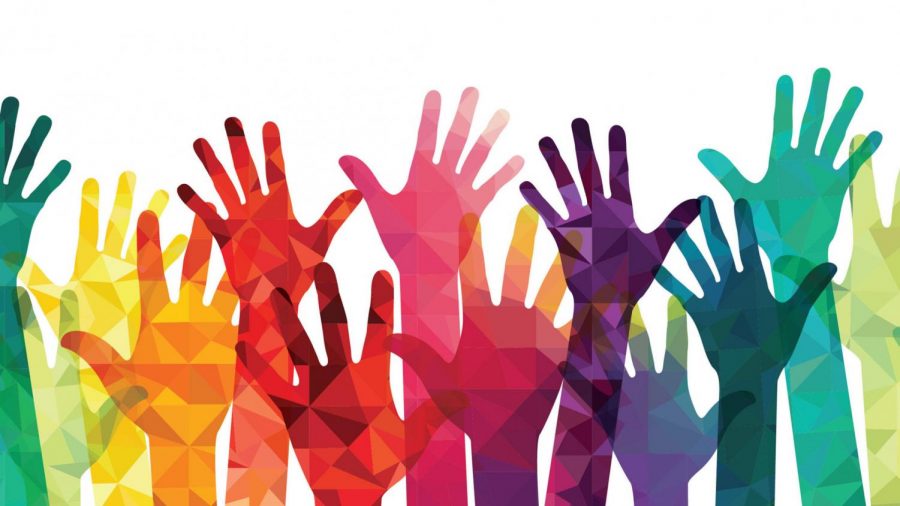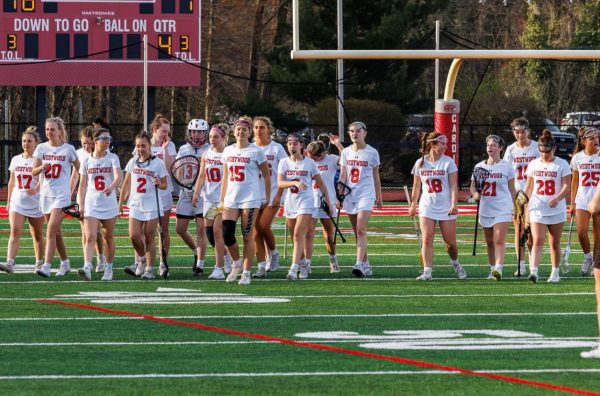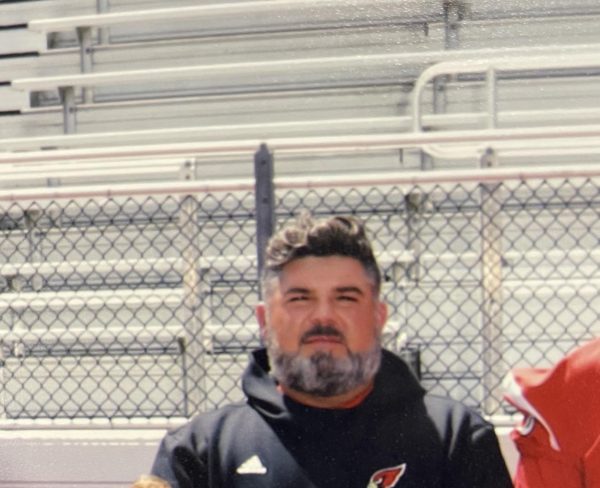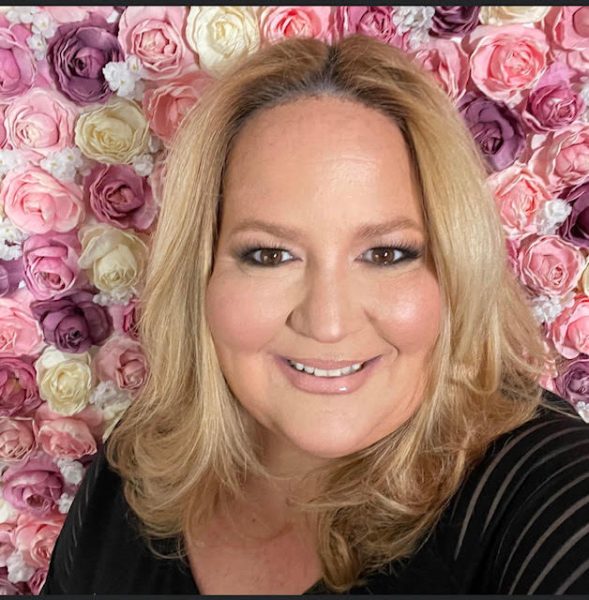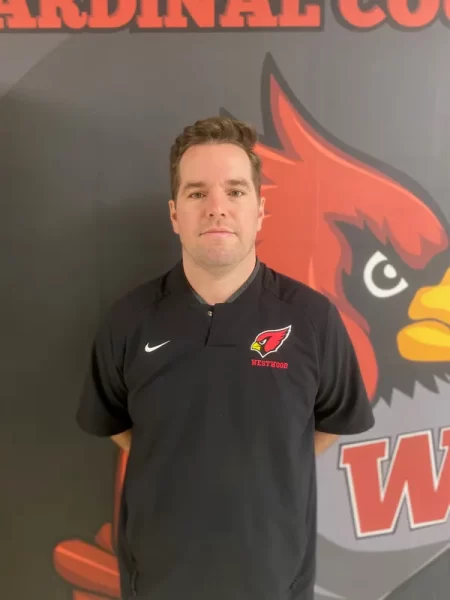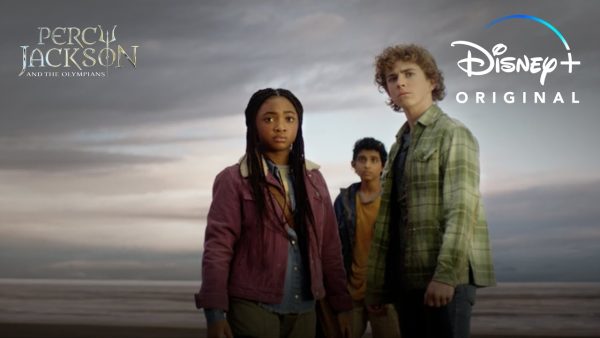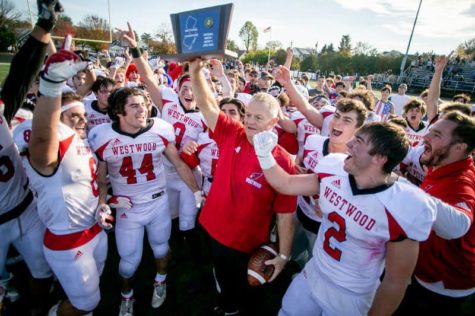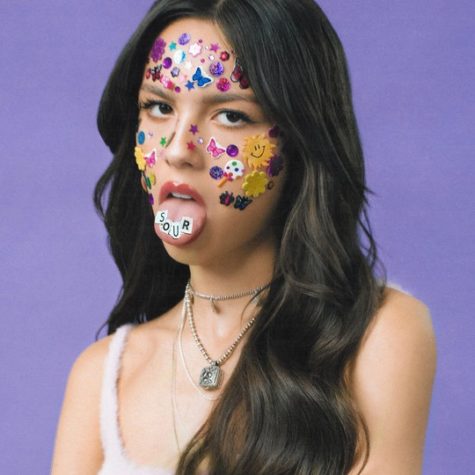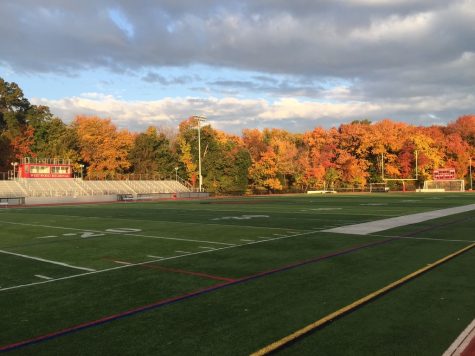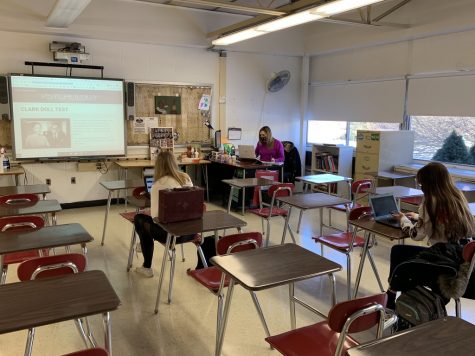Societal standards and views on diversity
June 11, 2018
In recent years, the push for diversity in our society has created a false sense of variation in different industries, in the workplace, in municipalities, and in schools. Social reform that promotes diversity has lost its purpose because of the way people hold differing views of equality and differences in society. Any sort of inaccurate portrayal of diversity leads to displeasure with progressive change in society, and results in people who lack the understanding of what diversity genuinely looks like.
Somehow, if a company hires a few women, or one or two black people for higher positions, people consider that to be diverse. That does not demonstrate diversity, that only indicates a typical company hiring minority employees to remedy their poor reputation.
People will talk about how they support diversity and acceptance, but fail to take proper action to spur that change. Take an area like Washington Township, which contains low levels of ethnic and economic diversity. Residents may anticipate or even desire diversity, but they are blind to what true diversity looks like due to the lack of dissimilarity in their community.
“My friend group is incredibly diverse, but collectively as a group, at one point or another, we have discussed our dissatisfaction at ‘how white our school is,’ whether it is about cultural differences or systemic oppression,” says Westwood High School senior, Alyssa Lara. That dissatisfaction is the motivation behind wanting to go out into the world to experience a blend of cultures and people, in an attempt to reverse cultural blindness.
“The issue of diversity doesn’t seem to be a popular topic in school or in the community in general. Although fair treatment of everyone is emphasized, there is no clear movement to improve the current standard,” says WHS senior, Annalise Jarski.
Most people are content with diversity in small spoonfuls, like if an LGBT couple or a hispanic family were to move into the neighborhood. When the potential for larger amounts of diversity starts to accelerate, people become uncomfortable or discontented. Anyone that is accustomed to one familiar group of people, despite race, gender, etc., has the potential to fall victim to this way of thinking.
“Everyone else who differs (from the standard) has been oppressed or demeaned by society at one point or another,” says Lara. When people are not willing to welcome those who differ from them, they detract from the effort to replace injustice with tolerance.
“The cis, straight male that is religious and works a well-paid job is still kind of the societal standard, despite all the improvements our society has made,” says WHS senior, Kiyon Cho. Diversity has become a word that represents liability, rather than exemplifying the conscious decision to recognize and encompass all people. The mindset seems to be that as long as there is some deviation from the standard, diversity has been achieved. This mentality needs to change to acknowledge that diversity involves the inclusion and celebration of a variety of people in massive waves.
If we can change anything about the way that society views differences among people, it is that we should take a step further towards inclusion. People can claim to witness diversity, but inclusion goes further in that it works to not only acknowledge differences, but to respect and praise them.
